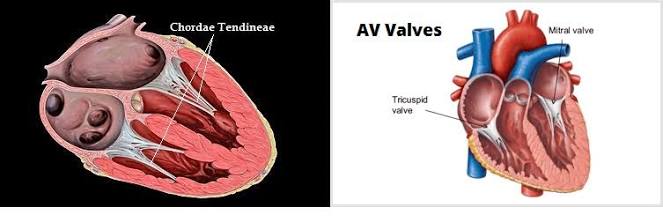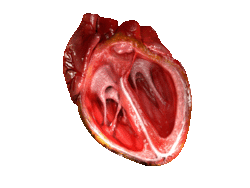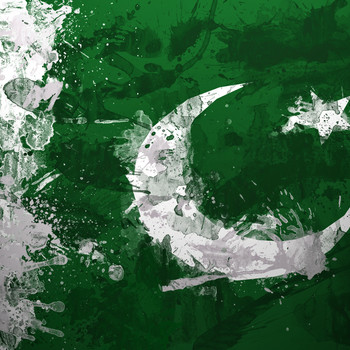Question #11c76
1 Answer
Chordae tendineae keep the heart in its place during blood circulation.
Explanation:
Chordae tendineae are tough tendinous strandsmade up of endothelial cells, elastin collagen & fibrous connective tissue called fibrosa(dense collagen). These connect papillary muscles to atrioventricular or

Chordae tendineae along with papillary muscles work to maintain the cusps of tricuspid valve and bicuspid valve in their proper position during the flow of blood through different chambers of the heart. And thus these allow the heart to function efficiently.
If these string like structures become non-functional then the heart would no more be able to perform it's function.
In the following GIF you can see how the chordae tendineae along with capillary muscles relax and contract while blood is being pumped from chambers of the heart.

Hope it helps!

